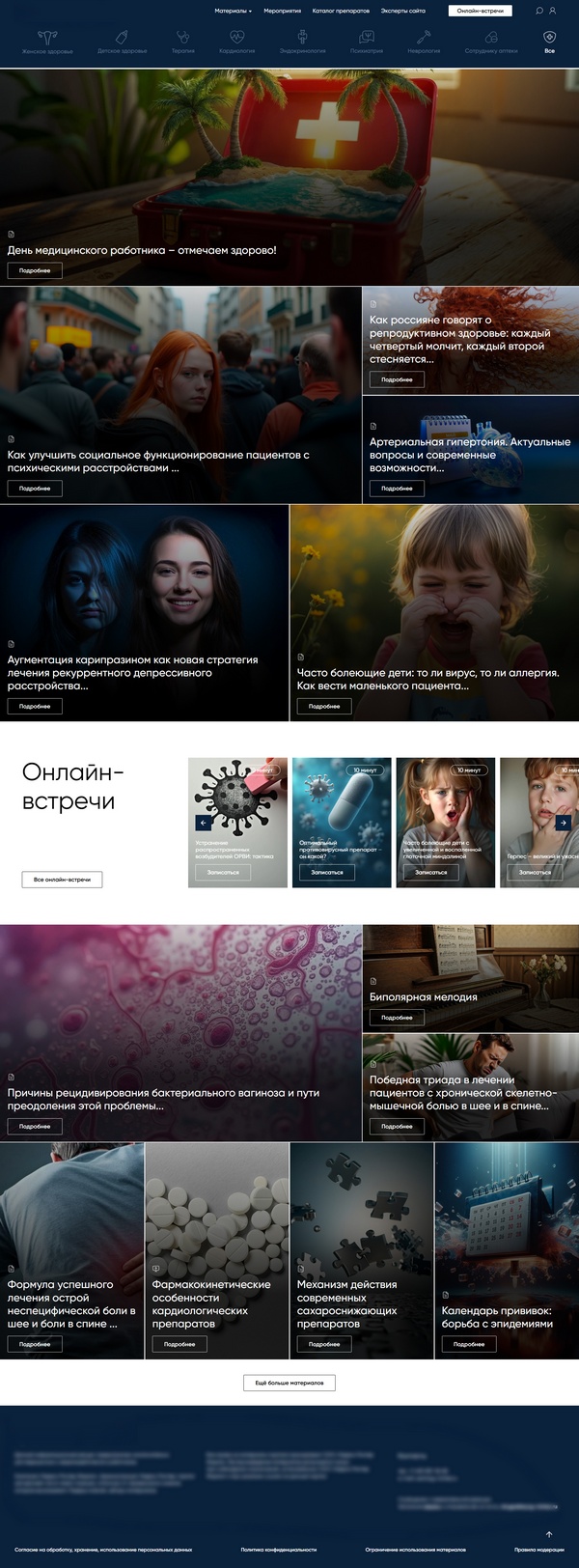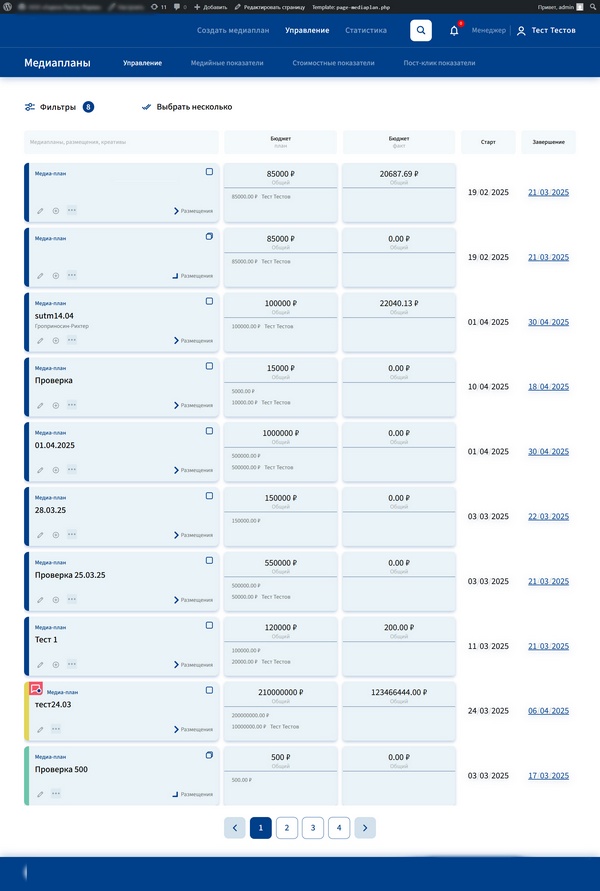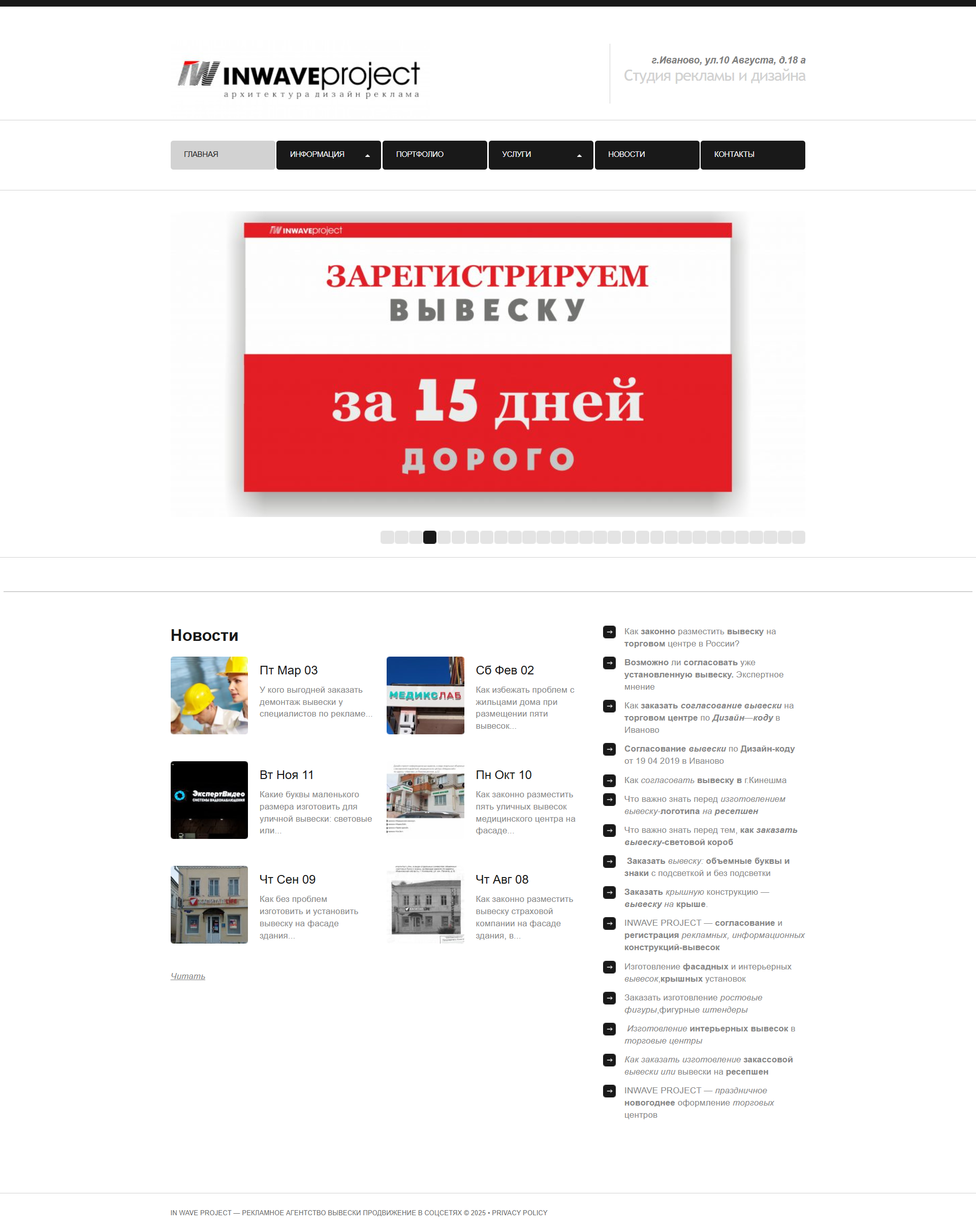For a lot of builders, ChatGPT-5 is not the default anymore. It is a luxury tax.
Here’s the thing.
Kimi K2 Thinking came out with open weights and a friendly license. You can download it, run it on your own hardware, change it for your use case, and keep every log inside your perimeter. ChatGPT-5 lives in someone else’s cloud, on someone else’s rules. Great quality, but you do not own anything except the bill.
The money part: where the pain really sits
When you run real workloads, you do not pay with likes and press releases. You pay with token invoices.
Rough picture for 1M tokens in a production setup:
Kimi K2: 0.60 for input / 2.50 for output
ChatGPT-5: 1.25 for input /10.00 for output
On output you are paying up to 4 times more just to print the same words with GPT-5. If you run agents, long conversations, report generation or any workflow where the model talks a lot, this is exactly where your margin goes to die.
For a small toy project it does not matter. For a system that processes support, sales, documents or research every day, this becomes real money very fast.
Performance: open source is not a toy anymore
Cost alone is not enough. If the model is cheap but bad, you still cannot ship.
On real tasks with tools and web access, Kimi K2 is not a “nice experiment”. It is already at least on the same level and often ahead:
- Agents that think in many steps
- Browsing and pulling fresh information
- Coding with tools across a real codebase
GPT-5 keeps a small edge only on some live coding benchmarks and a few narrow domains. For most agent style, automation style work, you do not feel a downgrade if you switch. In many cases you feel the opposite. You get more aggressive reasoning and better behavior in long chains.
So you do not have a trade between “cheap and bad” versus “premium and good”. You now have “cheap and very good” versus “very expensive and good”.
What it means if you run a real business
Forget benchmarks for a second. Think like a founder who has to pay salaries and cloud bills.
If you build agents, support bots, research copilots, internal tools or workflow automation, Kimi K2 gives you a simple package:
- Lower cost per request
- Quality that is on par or better for agent work
- Full control over where and how you deploy
- No hard lock into one vendor’s roadmap
You can put it on your own servers, your favorite cloud, your client’s infrastructure. You can tune it for your niche. You can control logs and data residency for regulated industries.
If you stay only on GPT-5, you still get strong quality and a comfortable ecosystem, but with a different bill:
- Premium pricing for every experiment
- Deep dependency on one provider
- Risk that pricing or terms change while you sleep
Sometimes that is still fine. If your product already prints money on GPT-5 and the profit margin is healthy, you do not have to rush anywhere. But if you are still searching for product market fit or fighting for margin, the extra cost hurts.
How I would make the decision as a builder
If I started a new product today, I would not push everything into GPT-5 by default.
I would do this instead:
- Use Kimi K2 Thinking for agents, workflows, automations, anything that calls tools and browses the web
- Keep GPT-5 only for very specific parts where it clearly wins and where that win is visible in revenue, not in feelings
Maybe that is live coding in a developer tool. Maybe that is some multimodal feature only they support right now. Everything else, especially text plus tools, goes to a cheaper model that I can control.
This way you do not argue on Twitter about which model is cooler. You simply assign each model to the job where it makes more money than it eats.
Brand, trust and the invisible tax
OpenAI is not just selling tokens. They sell brand, trust and convenience. It is very easy to start. You click a few buttons, you get a working API, you plug it into a starter template. For many teams that comfort is valuable.
But this comfort has a price tag.
If you are already locked into their ecosystem, switching feels painful. Docs, SDKs, plugins, habits. That is the real moat. Not only the quality gap.
If you are building something new right now, ask yourself a simple thing. Do you really want to start your project from a position where someone else fully controls your main cost line. Or do you want more room to move.
Practical next steps for your stack
Do not rewrite everything overnight. Do not trust any post, including this one, without your own numbers.
Here is a simple way to test it inside your company:
- Pick one workflow that matters. For example support replies, lead qualification, report generation, research assistant or coding assistant for your team.
- Log the current metrics. Requests per day, success rate, human correction rate, token spend, response time.
- Copy the same workflow to Kimi K2. Same prompts, same tools, same data.
- Run them side by side for a week.
- Compare quality and cost.
If Kimi K2 gives you the same or better quality with a smaller bill, you move that workflow over and keep GPT-5 only where it still has a visible edge. If not, you stay where you are. Simple.
Final thoughts
For many teams, GPT-5 is still great. But it stopped being untouchable. You now have an open alternative that is good enough or better on the jobs that actually pay your bills, and it costs 2 to 4 times less to run at scale.
You do not have to pick a religion. You just have to stop paying the comfort tax where it is not needed.
Use open source where it wins on money and control. Use GPT-5 where it still wins on quality and speed of integration. That is a healthy stack.
If you want more posts like this, subscribe and stay around. I write about models, costs and infrastructure decisions that change the real numbers on your dashboard, not just the mood in your feed.















